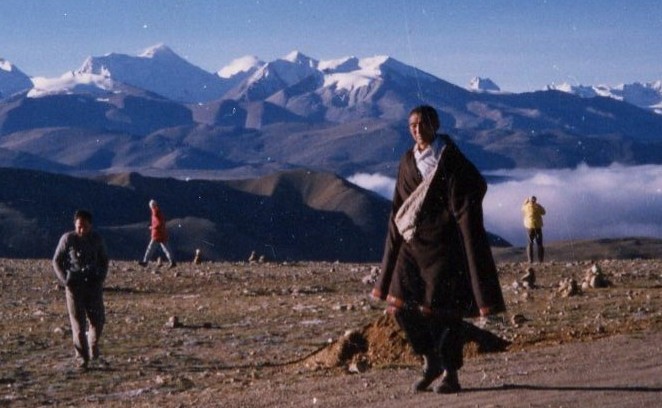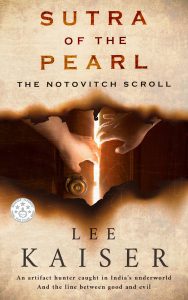
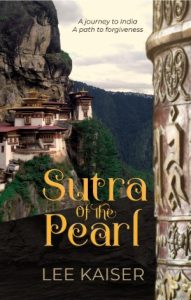
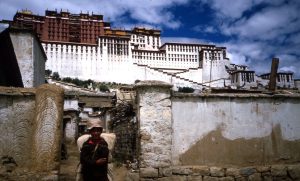
A fellow writer with a novel also set in Ladakh, India as is my Sutra of the Pearl, recently asked me to give her some photos and info of my time in Tibet in the 80s. It occurred to me I should do the same for my own blog even though everything here can be found on my website. When I took these photos of Tibet decades ago, I was travelling the globe on a shoestring. Little did I know they would one day inspire my first novel called Sutra of the Pearl and feature on my author website. Not only was I not a writer yet, but the internet hadn’t been invented!
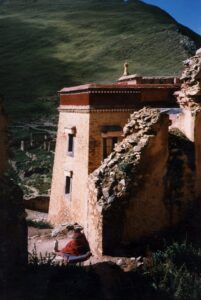
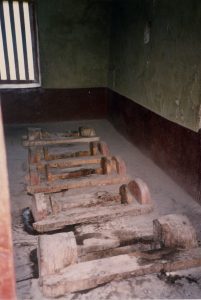
Those were the days when you could get by on practically nothing if you were willing to put up with questionable public toilets and inevitable delays and detours. My bed for the night was sometimes the back of a truck going over a mountain pass, or a beach, or an overgrown median along a freeway. It was safer back then for lone female travellers.

It took me almost a week to reach Tibet via China buses and trains. Bussing out via Nepal was no picnic either due to hiking around washouts.
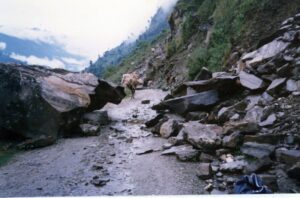
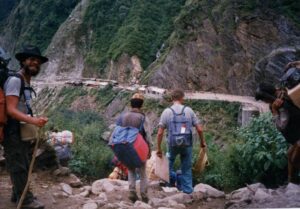
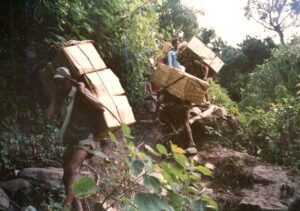
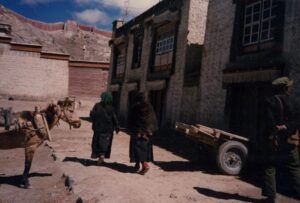
Tibet was still quite backward and untouristed.
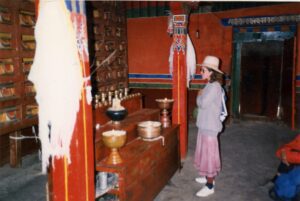
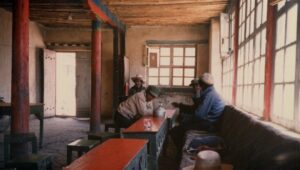
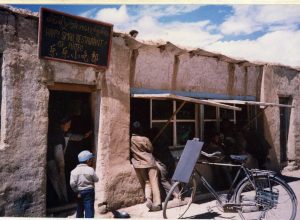 No coffee-houses, just rough restaurants and Tibetan teahouses serving one thing: Yak butter tea.
No coffee-houses, just rough restaurants and Tibetan teahouses serving one thing: Yak butter tea.
There were no paved roads and no hotels, only rough guesthouses for hippy travellers like myself. Many decades
 after my shoestring travels, I spent a winter in India working with a veterinary nurse caring for the street dogs.
after my shoestring travels, I spent a winter in India working with a veterinary nurse caring for the street dogs.
I came back to Canada and started to write as therapy to clear the severe trauma of that experience. At the same time, I was reading about a real-life 19th century Russian explorer who had discovered a scroll in Tibet that placed Jesus in India during his childhood. Those two experiences morphed into my novel about a travel writer in India on a search for a lost Biblical scroll at a Himalayan monastery. My fascination with Tibet and its deeply spiritual Buddhist population had never left me. Pilgrims will walk days to visit the Potala Palace and pay homage to the Sutras stored there.
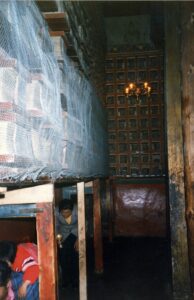
In fact, I myself had become a practicing Buddhist by the time I started to write. With my newfound knowledge, my old photos now held a special place in my heart. This, coupled with having been to Tibetan monasteries helped me to write my scenes.
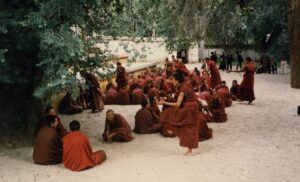
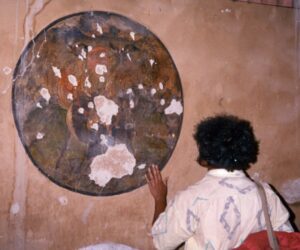
The signs of China’s attacks on Tibetan monasteries and its monks during the cultural revolution were still visible in the eighties. China’s attempts to suppress Tibet’s religion were still ongoing at the time I was there. I missed one such violent protest by only days.
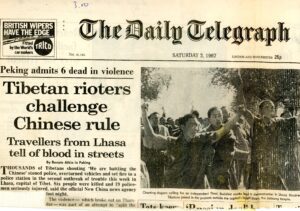
Since then I’ve turned down an opportunity to return to a children’s orphanage in Lhasa run by Canadians but I choose to keep my memories of Tibet untouched by the Chinese occupation.
See my travels today and more novels on Facebook:
https://www.facebook.com/hermitscribe/
